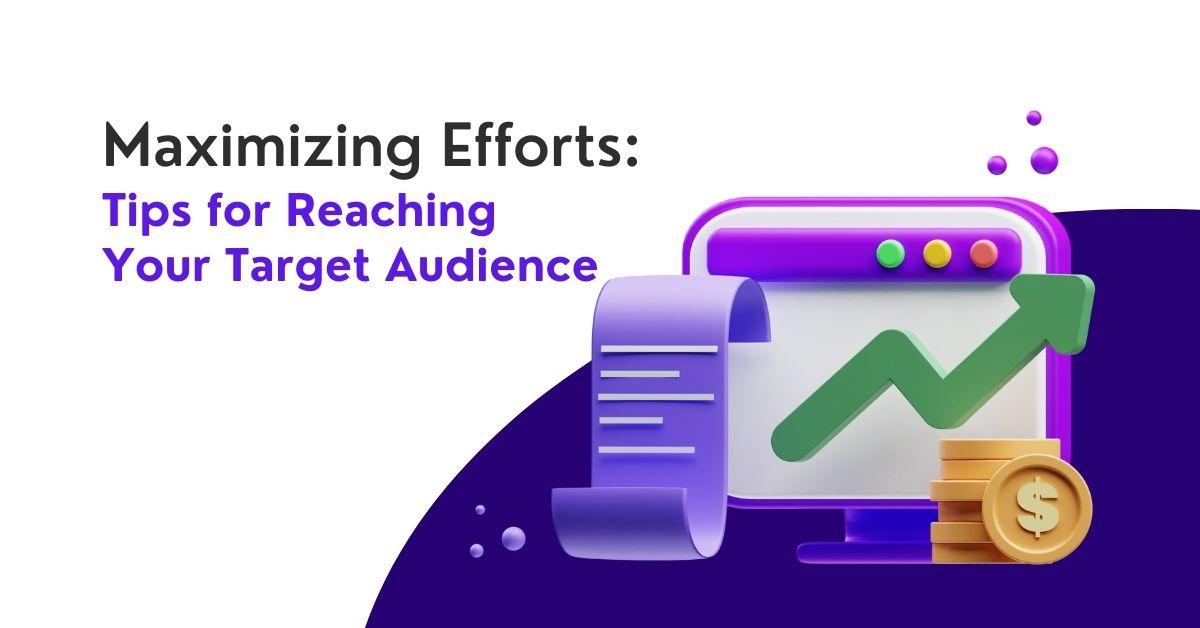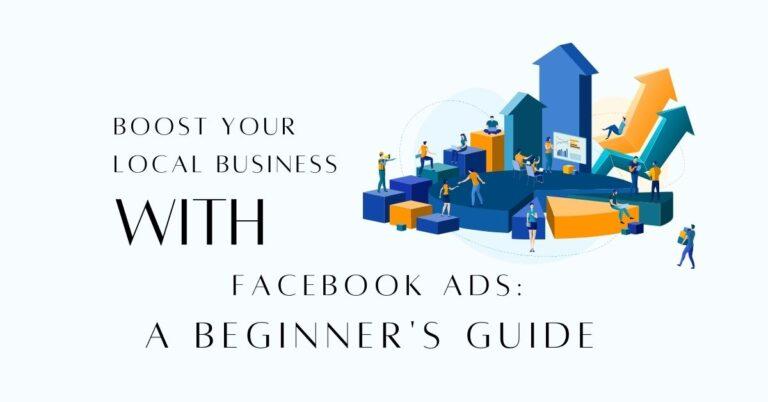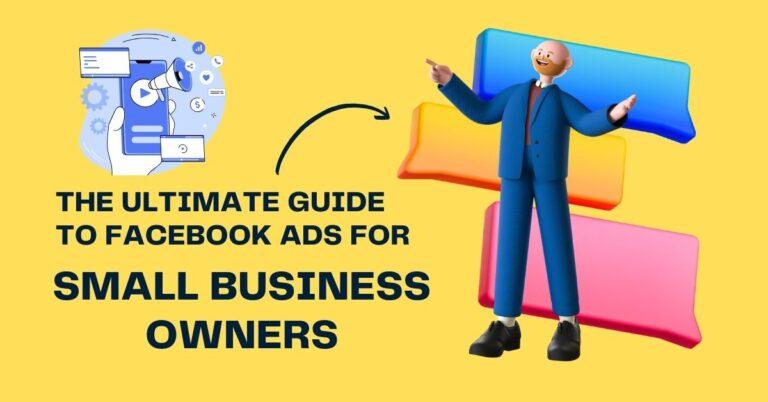As a author and marketing consultant, I understand the importance of reaching your target audience in marketing. In today’s competitive landscape, it is crucial to effectively communicate with your audience in order to stand out from the crowd and achieve success. In this article, I will provide an overview of tips for maximizing marketing efforts and ensuring that your message resonates with your intended audience.
Key Takeaways
- Understanding your target audience is crucial for effective marketing.
- Conducting market research can help you identify your target audience.
- Creating buyer personas can help you tailor your marketing efforts to your audience.
- Crafting a compelling value proposition can help differentiate your brand from competitors.
- Choosing the right marketing channels and measuring success are key to maximizing your marketing efforts.
Understanding Your Target Audience: The Key to Effective Marketing
Understanding your target audience is the foundation of any successful marketing campaign. Without a clear understanding of who you are trying to reach, it becomes difficult to create compelling content or choose the right channels for distribution.
To gather information about your audience, there are several methods you can employ. One effective approach is conducting market research through surveys or focus groups. By directly engaging with potential customers, you can gain valuable insights into their preferences, needs, and pain points.
One example of a successful marketing campaign that targeted a specific audience is Nike’s “Just Do It” campaign. By understanding that their target demographic consisted primarily of young athletes and fitness enthusiasts who were looking for motivation and inspiration, Nike was able to create powerful advertisements that resonated with their audience on an emotional level.
Identifying Your Target Audience: Tips for Conducting Market Research
Conducting market research is essential in identifying your target audience accurately. There are various methods you can use depending on your resources and goals.
One method is analyzing existing data such as customer demographics or purchase history. This data can provide valuable insights into who your current customers are and help identify patterns or trends.
Another method is conducting surveys or interviews with potential customers to gather qualitative data about their preferences and behaviors.
In addition to these traditional methods, there are also numerous tools and resources available online that can assist in conducting market research more efficiently. For example, Google Analytics provides valuable information about website visitors’ demographics and behavior patterns.
Creating Buyer Personas: A Step-by-Step Guide
| Step | Description | Metric |
|---|---|---|
| 1 | Identify your target audience | Demographics |
| 2 | Conduct research | Market size |
| 3 | Create buyer personas | Number of personas created |
| 4 | Develop messaging and positioning | Brand awareness |
| 5 | Test and refine | Conversion rate |
Buyer personas are fictional representations of your ideal customers. They help you understand your target audience on a deeper level and tailor your marketing efforts accordingly.
To create detailed buyer personas, start by conducting research and gathering data about your existing customers or potential customers. Look for commonalities in their demographics, interests, and pain points.
Once you have gathered this information, use it to create fictional characters that represent different segments of your target audience. Give each persona a name, age, occupation, and personal background. Dive deep into their motivations, goals, challenges, and preferences.
For example, if you are a fitness brand targeting young professionals who are interested in staying fit but struggle with finding time for exercise due to busy work schedules, one of your buyer personas could be “Busy Brian,” a 30-year-old office worker who wants to prioritize his health but finds it challenging to balance work and fitness.
Crafting a Compelling Value Proposition: Why Your Audience Should Choose You
A value proposition is a clear statement that explains why someone should choose your product or service over competitors’. It is crucial in capturing the attention of potential customers and convincing them that you offer something unique or valuable.
To create an effective value proposition:
1. Identify the key benefits or solutions that your product or service provides.
2. Understand what sets you apart from competitors.
3. Clearly communicate these unique selling points in a concise yet compelling manner.
For example, Apple’s value proposition revolves around innovation and user experience. Their slogan “Think Different” encapsulates their commitment to creating products that challenge the status quo while providing intuitive design and seamless integration across devices.
Choosing the Right Marketing Channels: How to Reach Your Audience Where They Are
There are numerous marketing channels available today – social media platforms like Facebook or Instagram,email marketing campaigns,and search engine optimization (SEO) strategies,to name just a few.It is essential to choose the right channels that align with your target audience’s preferences and behaviors.
Start by researching where your audience spends their time online. Are they active on social media? Do they prefer email communication? Are they more likely to search for information on search engines?
Once you have identified the channels that are most relevant to your target audience, focus your efforts on creating engaging content specifically tailored for each platform.
For example, if you are targeting a younger demographic, platforms like TikTok or Snapchat may be more effective in reaching them compared to traditional channels like television or print advertising.
Developing a Content Strategy: Tips for Creating Content That Resonates with Your Audience
Content plays a crucial role in marketing as it allows you to engage with your audience and provide value. To create a content strategy that resonates with your target audience:
1. Understand their interests and pain points.
2. Research the type of content they consume and engage with.
3. Create high-quality content that addresses their needs and provides solutions.
For example, if you are targeting small business owners who struggle with time management, creating blog posts or videos about productivity tips or time-saving tools can be highly valuable to them.
Leveraging Social Media: Best Practices for Engaging Your Target Audience
Social media platforms offer unique opportunities for engaging with your target audience directly. However, it is important to understand the different demographics and behaviors of each platform before diving in.
For instance, Facebook has a wide range of users across various age groups while Instagram tends to attract younger audiences who are interested in visual content. By understanding these nuances,you can tailor your social media strategy accordingly.
When creating social media content:
1. Use compelling visuals such as images or videos.
2.Encourage engagement through likes, comments,and shares.
3.Provide value by sharing informative or entertaining content related to your industry.
Using Email Marketing: Tips for Creating Effective Email Campaigns
Despite the rise of social media and other digital marketing channels, email marketing remains a relevant and effective way to reach your target audience.
To create effective email campaigns:
1. Segment your email list based on demographics or past interactions.
2. Personalize your emails by addressing recipients by name and tailoring the content to their interests.
3. Provide value through exclusive offers, informative newsletters, or personalized recommendations.
For example, if you are an e-commerce brand targeting fashion-conscious millennials, you can send personalized emails featuring new arrivals or limited-time discounts on items that align with their style preferences.
Optimizing Your Website: How to Make Sure Your Site Appeals to Your Target Audience
Your website is often the first point of contact between your brand and potential customers. Therefore, it is crucial to optimize it in a way that appeals to your target audience.
Start by understanding what your audience expects from a website in terms of design, functionality,and user experience. Conduct user testing or gather feedback from existing customers to identify areas for improvement.
Optimize your website for search engines by incorporating relevant keywords into page titles, meta descriptions,and content. Ensure that the site loads quickly and is mobile-friendly as more people are accessing websites through mobile devices.
For example,a travel agency targeting adventure-seeking millennials should have a visually appealing website with vibrant images showcasing exciting destinations while providing easy navigation options for booking trips or finding information about different activities.
Measuring Your Marketing Success: Key Metrics to Track and Analyze
Measuring the success of your marketing efforts is essential in determining what strategies are working well and where improvements can be made.To track and analyze key metrics:
1.Define clear goals for each campaign such as increasing sales or improving brand awareness.
2.Identify relevant metrics such as return on investment (ROI), conversion rates,email open rates,social media engagement,and website traffic.
3.Use analytics tools like Google Analytics or social media insights to track these metrics and gain insights into your audience’s behavior.
For example, if you are running a Facebook ad campaign, you can track metrics such as click-through rates, cost per click,and conversion rates to evaluate the effectiveness of your ads.
Staying Ahead of the Game: Tips for Keeping Up with Evolving Marketing Trends and Technologies
The marketing landscape is constantly evolving with new trends and technologies emerging regularly. To stay ahead of the game:
1. Stay informed by reading industry blogs, attending conferences,and following thought leaders in marketing.
2. Experiment with new strategies or platforms to test their effectiveness.
3. Continuously analyze data and adapt your approach based on the results.
One example of a company that successfully adapted to changing marketing trends is Netflix. As streaming services gained popularity, they shifted their focus from DVD rentals to online streaming, ultimately becoming one of the leading players in the industry.
In conclusion,maximizing marketing efforts requires a deep understanding of your target audience and tailoring your strategies accordingly.By conducting market research, creating detailed buyer personas,crafting compelling value propositions,and choosing the right channels,you can effectively reach your intended audience.Additionally,optimize your website,content strategy,social media,email campaigns,and continuously measure success through key metrics.Staying up-to-date with evolving trends and technologies ensures that you remain competitive in an ever-changing landscape.Marketing is an ongoing process that requires constant research and adaptation,but by following these tips,you can maximize your chances of reaching your target audience successfully In conclusion, maximizing marketing efforts requires a deep understanding of your target audience and tailoring your strategies accordingly. By conducting market research, creating detailed buyer personas, crafting compelling value propositions, and choosing the right channels, you can effectively reach your intended audience. Additionally, optimize your website, content strategy, social media, email campaigns, and continuously measure success through key metrics. Staying up-to-date with evolving trends and technologies ensures that you remain competitive in an ever-changing landscape. Marketing is an ongoing process that requires constant research and adaptation, but by following these tips, you can maximize your chances of reaching your target audience successfully.
FAQs
What is the importance of reaching your target audience in marketing?
Reaching your target audience is crucial in marketing because it ensures that your message is being delivered to the people who are most likely to be interested in your product or service. This increases the chances of converting them into customers and ultimately, generating revenue for your business.
How can you identify your target audience?
To identify your target audience, you need to conduct market research to gather information about your potential customers. This includes demographics such as age, gender, income, education level, and location, as well as psychographics such as interests, values, and lifestyle. You can also analyze your existing customer base to identify common characteristics.
What are some effective ways to reach your target audience?
Some effective ways to reach your target audience include using social media platforms, creating targeted advertising campaigns, optimizing your website for search engines, attending industry events and conferences, and partnering with influencers or other businesses that cater to your target audience.
How can you tailor your marketing message to your target audience?
To tailor your marketing message to your target audience, you need to understand their needs, wants, and pain points. This can be achieved through market research and customer feedback. Once you have this information, you can create messaging that speaks directly to their interests and concerns, and highlights how your product or service can solve their problems or improve their lives.
Why is it important to measure the effectiveness of your marketing efforts?
Measuring the effectiveness of your marketing efforts is important because it allows you to determine what is working and what is not, and make adjustments accordingly. This helps you to optimize your marketing strategy and maximize your return on investment. It also allows you to identify areas where you may need to improve your messaging or targeting to better reach your target audience.
Thank you for reading! Share your experiences and questions in the comments below!




